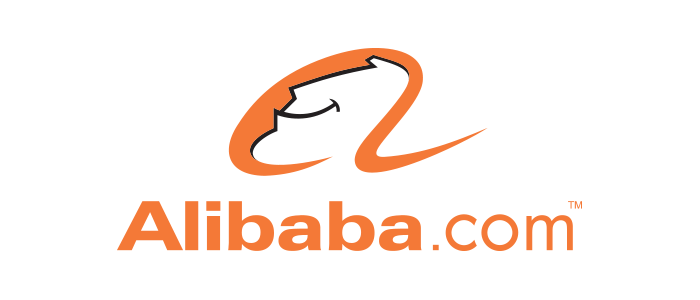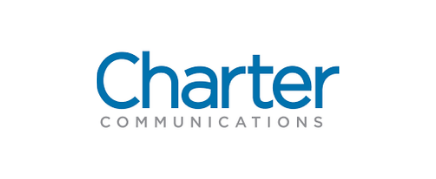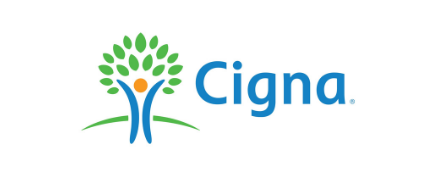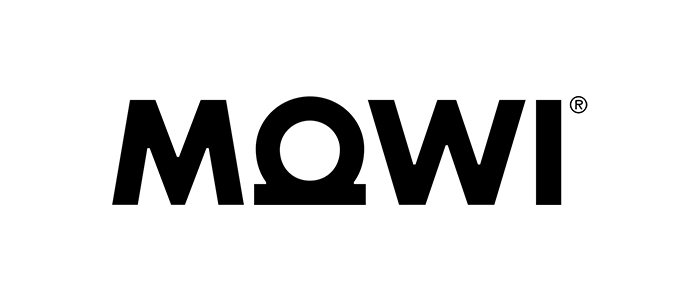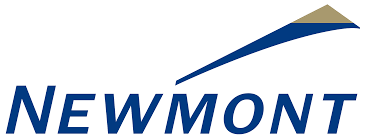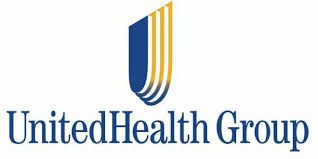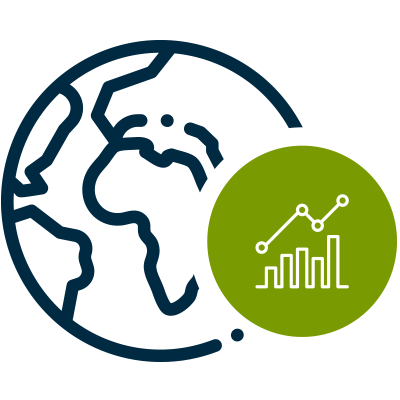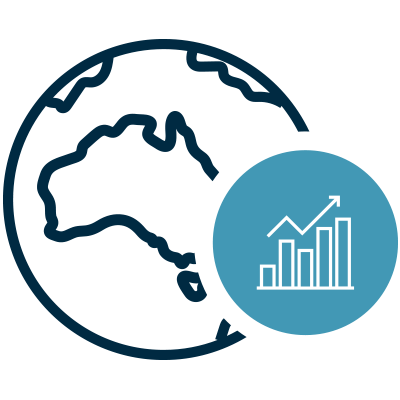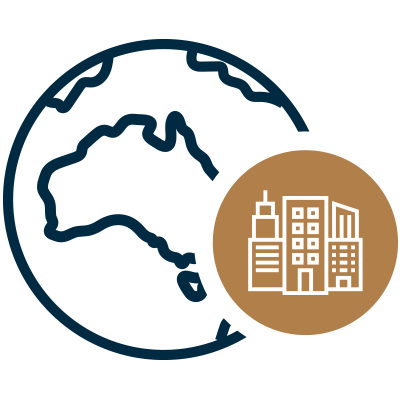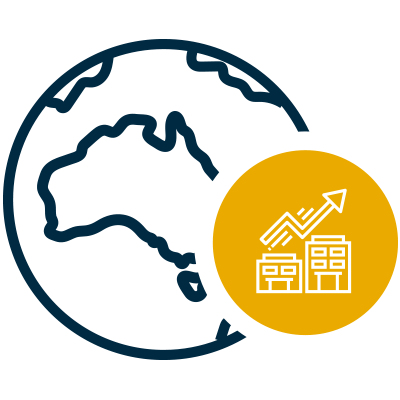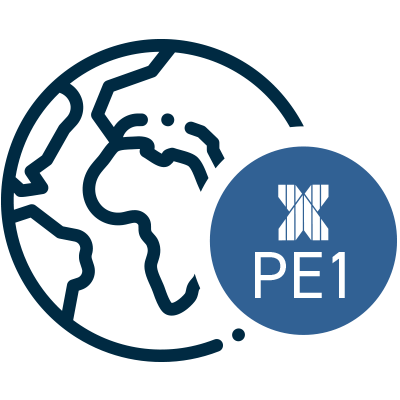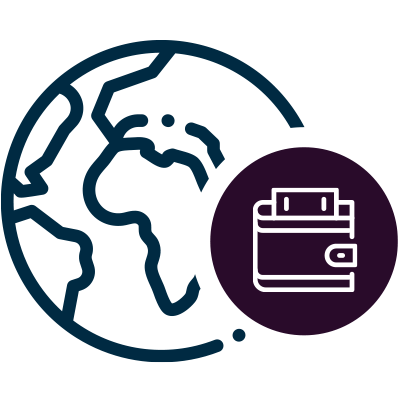Minimising volatility is too often overlooked
PORTFOLIO
Top Holdings (alphabetically)
Sector Breakdown
Capitalisation Breakdown
Region Breakdown
Segment
PERFORMANCE
PERFORMANCE SINCE STRATEGY INCEPTION
NET PERFORMANCE FOR PERIODS ENDING 31 Jan 20201
PERFORMANCE SINCE STRATEGY INCEPTION
NET PERFORMANCE SINCE INCEPTION2
COMMENTARY
Last year, on January 2nd, the Wall Street Journal published an article entitled: “Year-End Review and Outlook: Weak 2018 finishes, investors faith in stocks tested”.
The article began by positing that investors were heading into 2019 with a weary outlook after a very difficult end to 2018. At that time, the market had swooned – mainly driven by negative developments in technology stocks – leaving investors feeling pessimistic. While there were many contentious debates around the future of the stock market, there was one thing that investors did agree on: the stock market was going to face even more troubles in 2019.
Fast-forward a year and what happened?
The MSCI delivered approximately 24 percent, taking it to all-time highs. More unexpectedly, the technology stocks, that had previously caused major concern, actually drove this growth. Apple stock, for example, approximately doubled in price over 2019. To put this growth into perspective for our Australian investors, Apple is now almost as big as the entire Australian share market. This performance was not driven by earnings, but rather by multiple-expansion – putting a line through the argument that these types of stocks were overvalued. The point is not to make a case for these growth stocks; it’s rather to point out that the share market is inherently uncertain.
So how do we manage this reality? An inherently unpredictable equities environment means that a fund like ours needs to continuously focus on risk management. Let’s begin with our definition of risk management. All good fund managers will have some focus on risk management, but we believe that our fund has a unique way of defining risk itself.
Some people regard risk as the danger of under-performing the market. Others regard risk as the need to hedge all their investments, in order to guarantee a return, as small as that may be. Some people just think of risk management as an outcome, rather than the path to that outcome. At Pengana International Equities, however, we consider risk management from 3 perspectives. Firstly, there’s the return: one has to make money. To not make money is risky as inflation eats into one’s capital every day, which can lead to a lower quality of life if one doesn’t generate returns above inflation. Secondly, we think about minimizing losses, the reasons for which are self-evident. Finally, we think long and hard about minimizing volatility. We believe that while people often overlook volatility, the path of returns is very important as a volatile fund dramatically increasesthe risk of investors putting in money, or taking out money, at the worst possible times.
There is one part of our portfolio, in particular, that epitomizes our focus on risk management. These are our investments in stocks that benefit from volatility and the changing of the interest rate environment. First, let’s look at why we have these positions in the first place:
Ultra-accommodative monetary policy has been the key driver of 2019’s bull market. It has increased the present value of future expected cash flows, which in turn has increased the multiples that investors are prepared to pay for stocks. Additionally, loose monetary policy has increased the amount people are willing to pay for fixed-income securities. I don’t believe that it is a stretch to say that the fixed-income market is currently in a bubble, and thus, we think that one of the key market risks at the moment is a change in the interest rate environment. If ultra-accommodative and stable interest rates are the key drivers of a bull market, it stands to reason that a change in that environment could burst this bubble, devastate fixed income, and accordingly result in a large decline in equity prices. In order to manage these risks, not only have we thought about how we can minimize losses – which all good fund managers will do – but our multidimensional definition of risk led us a step further. We have asked ourselves: “how do we make money if market volatility increases or if interests rate increase?”
Our solution has been to invest in stocks that will benefit in the case that these potential risks actualize. These stocks are mainly derivative exchanges such as CME Group, Intercontinental Exchange and Deutsche Börse, which sell the derivatives that people use to protect their portfolios when there is uncertainty. Hence, the more uncertainty, the more demand for their derivatives and the more money a derivative exchange makes. The other part of our solution is investing in market makers such as Flow Traders. Market makers stand between the buyers and the sellers in an equity market and make money when there is increased volatility – as the gap between the prices of buyers and sellers increases. An increase in volatility is positive for the stocks of both derivative exchanges and market makers.
CME Group is the monopoly provider of the world’s most important derivatives, and is one of our favourite stocks from this part of the portfolio. CME Group is the place that banks have to go to if they want to hedge their US interest rate exposure, the place that commodity companies have to go to if they want to hedge their gold exposure. However, not only is it the largest, most dominant, derivative exchange in the world, it also has a competitive advantage that we believe cannot be undermined. We are of this opinion because of CME’s huge scale and because of the fact that they benefit from a phenomenon known as network effects. Network effects occur when all of the buyers in a market want to be where the sellers are, and all of the sellers want to be where the buyers are, leaving no oxygen for smaller competitors to enter the space. For this reason, we believe that investing in CME is investing in a high-quality business that will generate very healthy cash flow for years into the future, while also providing solid downside protection. It is exactly the kind of company we are happy to own and will likely continue to own for a long time.
There are several other themes in our portfolio such as investments in companies that benefit from industrial resurgence, companies that benefit from emerging market growth, companies that benefit from IT disruption and companies that benefit from defensive growth. We look forward to sharing the thinking behind these themes in future presentations.
PROFILE
STATISTICAL DATA
PORTFOLIO SUMMARY
FEATURES
- APIR CODE PCL0026AU
- REDEMPTION PRICEA$ 1.4225
-
FEES *
Management Fee: 0.974%
Performance Fee: Nil - Minimum initial investment $25,000
- FUM AT MONTH END A$ 43.59m
- STRATEGY INCEPTION DATE 1 July 2015
- BenchmarkMSCI All Country World Total Return Index in AUD
Fund Managers
Description
The Pengana International Fund invests in 30-50 companies across developed and developing markets, large and small companies. The Fund predominantly invests in franchises that deliver stable yet growing free cash flow throughout cycles (which we classify as ‘Core’ holdings) whilst also taking positions in more cyclical companies (‘Cyclical’) and those whose valuation has been materially misconstrued by the market (‘Opportunistic’).
EXPLORE OUR FUNDS
1. Net performance figures are shown after all fees and expenses and assume reinvestment of distributions. Past performance is not a reliable indicator of future performance, the value of investments can go up and down.
2. Inception 1st July 2015.
3. Annualised standard deviation since inception.
4. Relative to MSCI All Country World Total Return Index in AUD
* For further information regarding fees please see the PDS available on our website.

